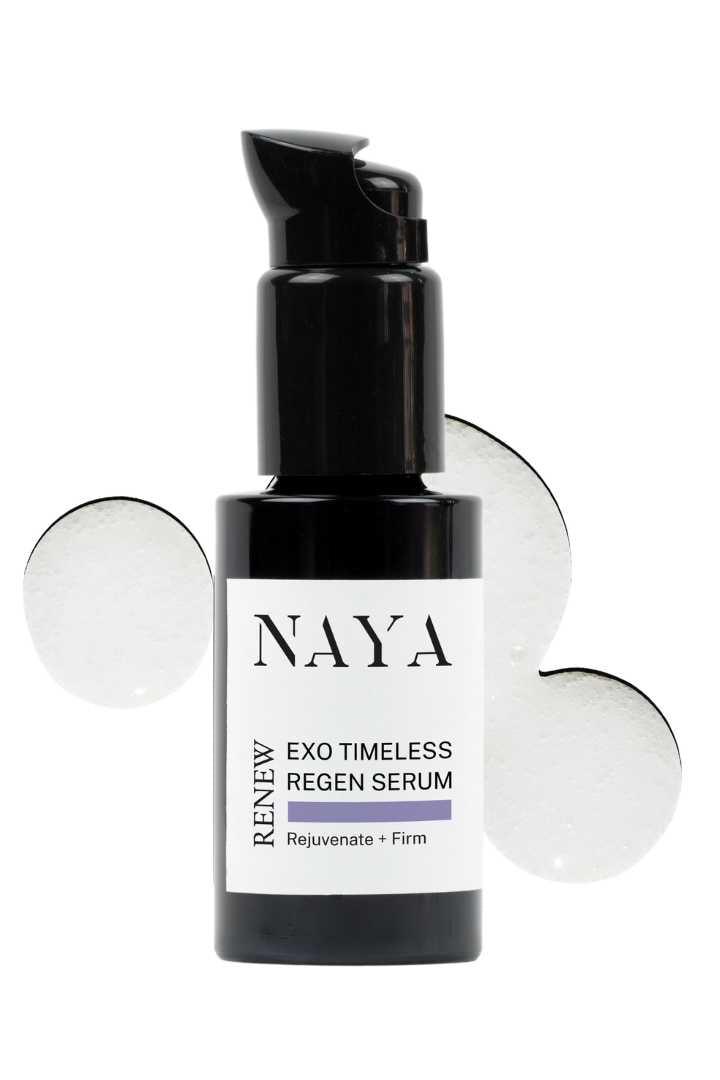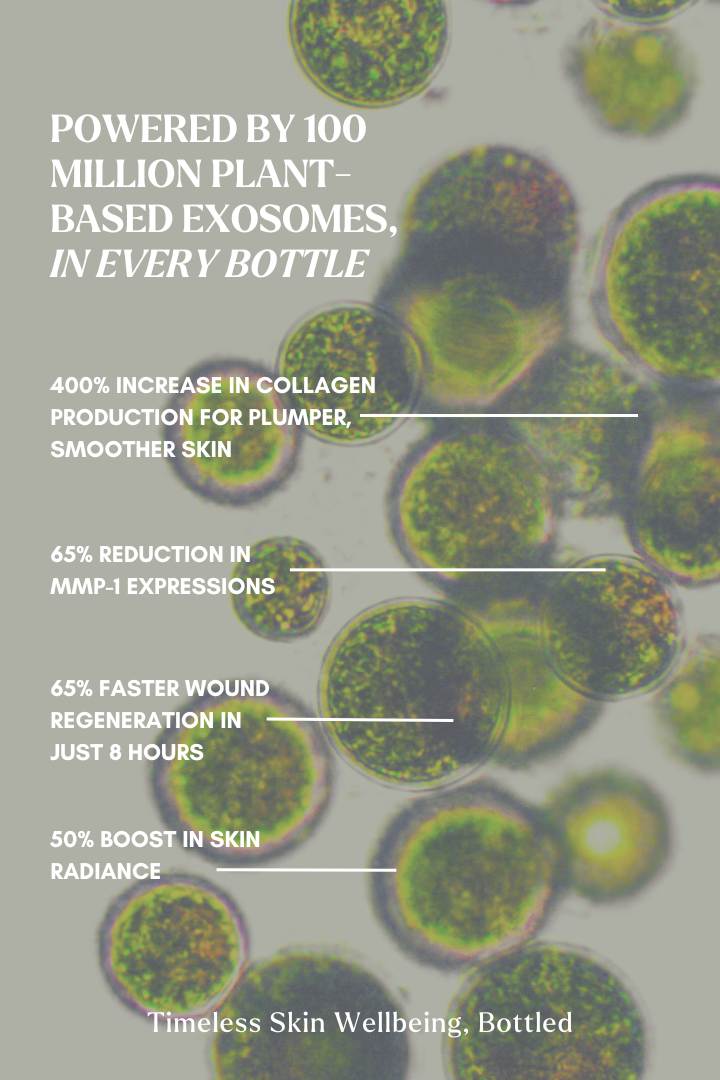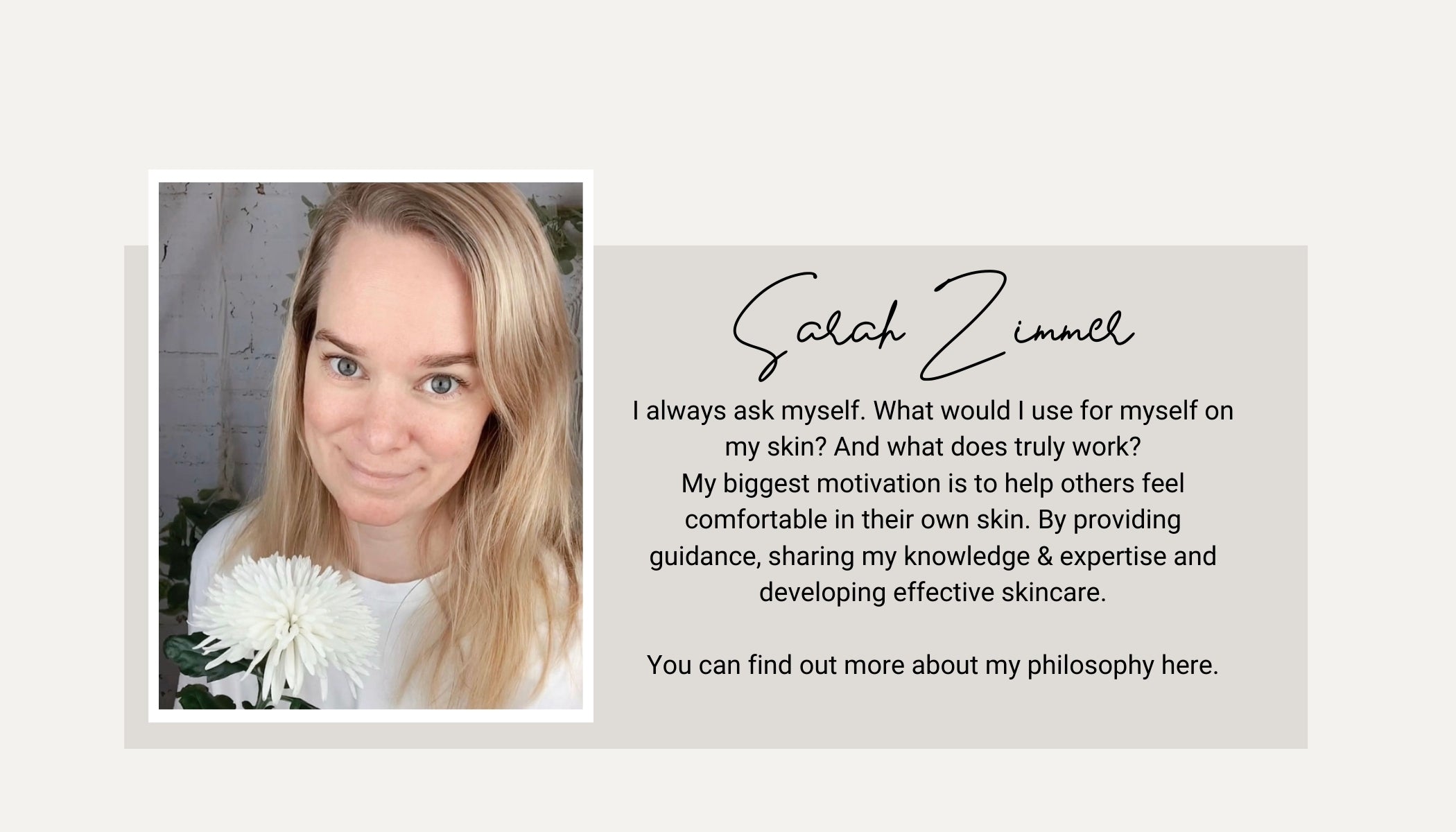The Hidden Dangers of Phenoxyethanol in "Clean" Skincare
Why Phenoxyethanol Has No Place in Truly Clean Skincare
Phenoxyethanol is a common ingredient that you’ll find in many skincare products, often marketed as a safer alternative to parabens. It’s even included in some items labeled as “clean.” But before you trust its seemingly harmless presence, it’s important to know that phenoxyethanol comes with its own set of health, safety, and environmental concerns.
Here’s why this synthetic preservative should be avoided, especially in products you trust for your skin’s wellbeing.
What Is Phenoxyethanol?
Phenoxyethanol is a synthetic preservative derived from petrochemicals, widely used in personal care products to prevent microbial growth. While it’s often labeled as “paraben-free,” don’t be fooled—it still presents several potential risks.
6 Reasons to Avoid Phenoxyethanol in Skincare
1. Hormone Disruption & Endocrine Interference
While not as potent a disruptor as parabens, phenoxyethanol has been shown to interfere with hormone signaling, particularly in estrogen pathways. This can affect reproductive health and hormonal balance, making it an ingredient best avoided, especially for those concerned with long-term hormone health.
2. Neurotoxicity & Organ Damage
Research has raised concerns about phenoxyethanol’s toxicity. Studies suggest it can cause:
- Neurotoxicity: Symptoms like dizziness, headaches, and cognitive disturbances.
- Organ toxicity: Animal studies have shown liver and kidney toxicity after dermal exposure, signaling potential risks for humans, too.
3. Skin Irritation & Allergic Reactions
Phenoxyethanol can cause a range of skin issues, including:
- Contact dermatitis, leading to redness and inflammation.
- Eye irritation and flare-ups of conditions like eczema and rosacea—even at low concentrations.
4. Risks for Infants & Breastfeeding Mothers
Phenoxyethanol can pass into breastmilk, potentially exposing babies to its harmful effects. The FDA has warned against its use in products like baby wipes and nipple creams due to risks such as:
- Vomiting
- Diarrhoea
- Nervous system suppression in infants
5. Petrochemical Origins & Hidden Contaminants
Derived from petrochemicals, phenoxyethanol is far from a natural ingredient. It may also contain carcinogenic contaminants such as 1,4-dioxane and ethylene oxide, making its presence in “clean” beauty misleading and concerning for consumers seeking truly pure products.
6. Bioaccumulation & Environmental Harm
Just like parabens, phenoxyethanol doesn’t break down easily in the body or the environment. It can bioaccumulate in tissues over time and is toxic to aquatic life, making it a threat to water systems and ecosystems.
The Bottom Line
Though phenoxyethanol may seem like a safer alternative to parabens, it still poses risks—whether it’s disrupting hormones, causing skin reactions, accumulating in the body, or polluting the environment. If you’re committed to avoiding parabens, phenoxyethanol should be on your no-go list too.
Looking to learn more about the most common ingredients to avoid in skincare?








Leave a comment